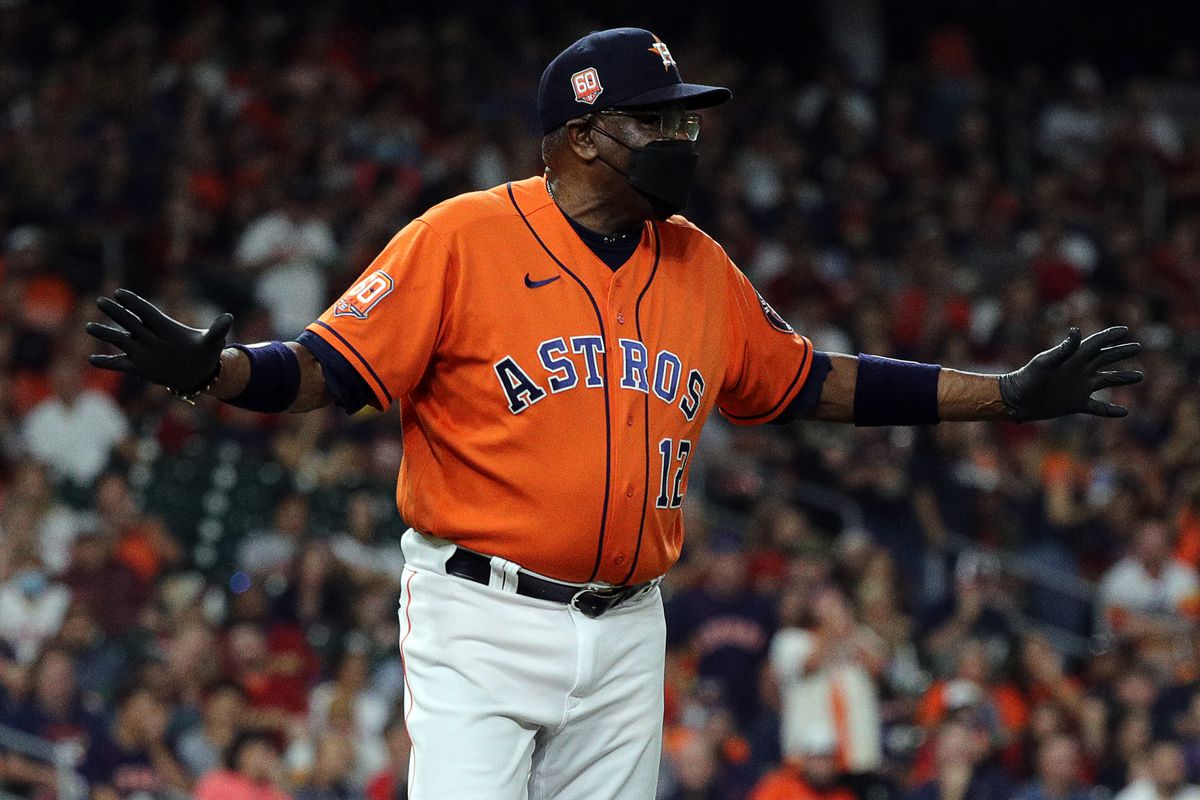Balks in Major League Baseball have long been a subject of intrigue and debate. These illegal motions made by pitchers on the mound can have a significant impact on the game, affecting the outcome and the strategies employed by teams. In this article, we will delve into the major league baseball balk rules and explore their meaning, origin, and consequences.
What is a Balk in Baseball?

A balk occurs when a pitcher makes an illegal motion on the mound that is deemed deceitful to the runner(s) by the umpire. It is a violation of the rules and results in the awarding of the next base to any men on base. Additionally, the pitch (if thrown) is waved off, and the play is considered dead.
MLB Balk Rule Changes in 2023
In September 2022, Major League Baseball announced a rule change regarding disengagement violations, commonly associated with balks. The new rule stipulates that pitchers are limited to two disengagements, which include pickoff attempts or step-offs, per plate appearance. However, this limit is reset if a runner or runners advance during the plate appearance. Any pitcher who commits a third disengagement violation will be charged with a balk.
The Consequences of a Balk
When a balk is called, the runner(s) are automatically advanced to the next base. For example, if a pitcher attempts a third pickoff but is unsuccessful, the runner advances one base. This can drastically alter the dynamics of the game, opening up opportunities for the offensive team and putting additional pressure on the pitcher.
Historical Origin of Balk Rules
The specific rules regarding balks were introduced in 1898 with the aim of preventing pitchers from intentionally deceiving baserunners. Prior to the implementation of balk rules, pitchers had free rein to employ deceptive tactics, making it difficult for baserunners to make informed decisions on the bases.
Identifying a Balk
To call a balk, umpires must identify an illegal movement by the pitcher, typically involving deceptive techniques during pickoff attempts or the pitching delivery. Pitchers with high balk totals are often skilled at fooling baserunners, pushing the boundaries of legality.
Understanding the intricacies of Major League Baseball balk rules is essential for players, coaches, and fans. These rules add another layer of strategy and excitement to the game, showcasing the fine line between deception and legality on the pitcher’s mound.
Frequently Asked Questions
What happens when a balk is called?
When a balk is called, the runner or runners on base are awarded the next base, and the pitch is nullified. It is considered a dead ball play.
How many disengagements are allowed before a balk is called?
Pitchers are limited to two disengagements per plate appearance. However, if a runner or runners advance during the plate appearance, the limit is reset.
What if a pitcher commits a third disengagement violation?
If a pitcher commits a third disengagement violation, it will result in a balk call.
What were the reasons behind implementing balk rules?
Balk rules were introduced to prevent pitchers from intentionally deceiving baserunners and adding a fair element to the game.
Can umpires call a balk for any illegal movement by the pitcher?
Yes, umpires have the authority to call a balk if they observe any illegal movement by the pitcher, thereby deeming it a violation of the rules.